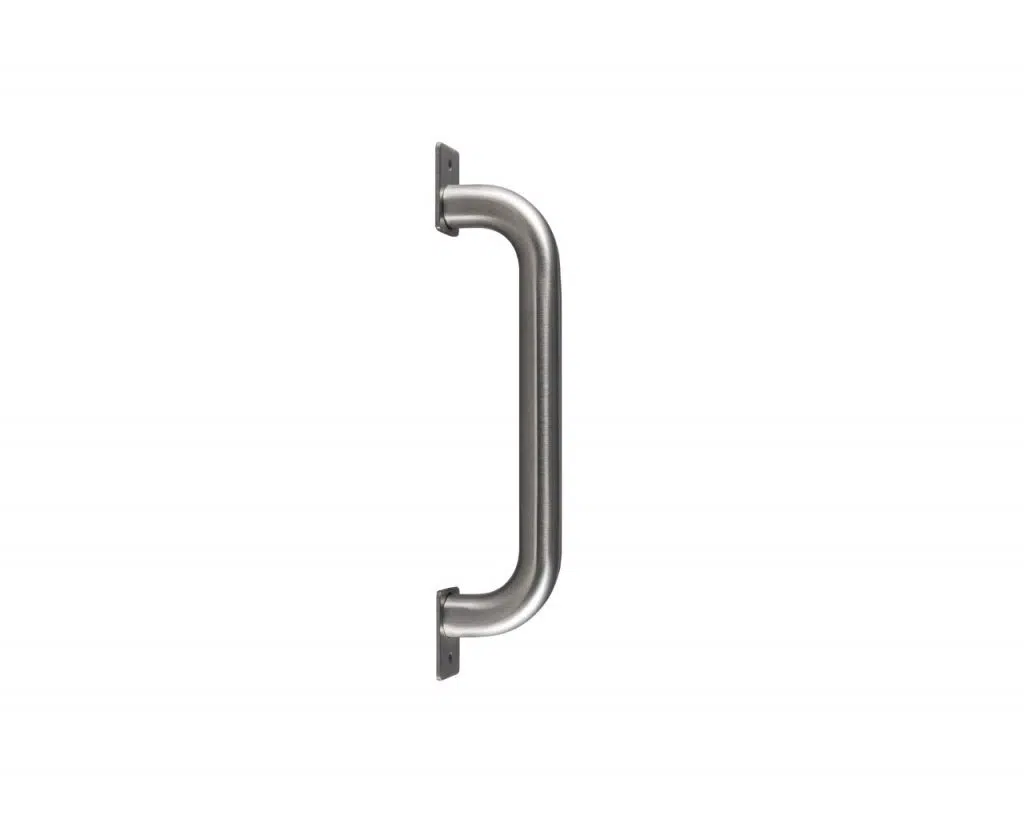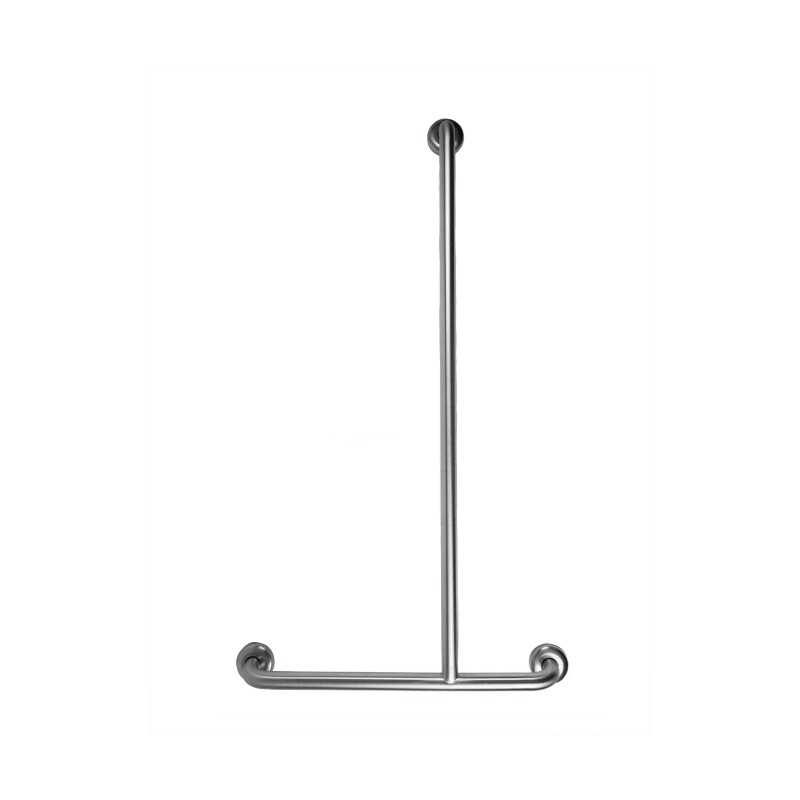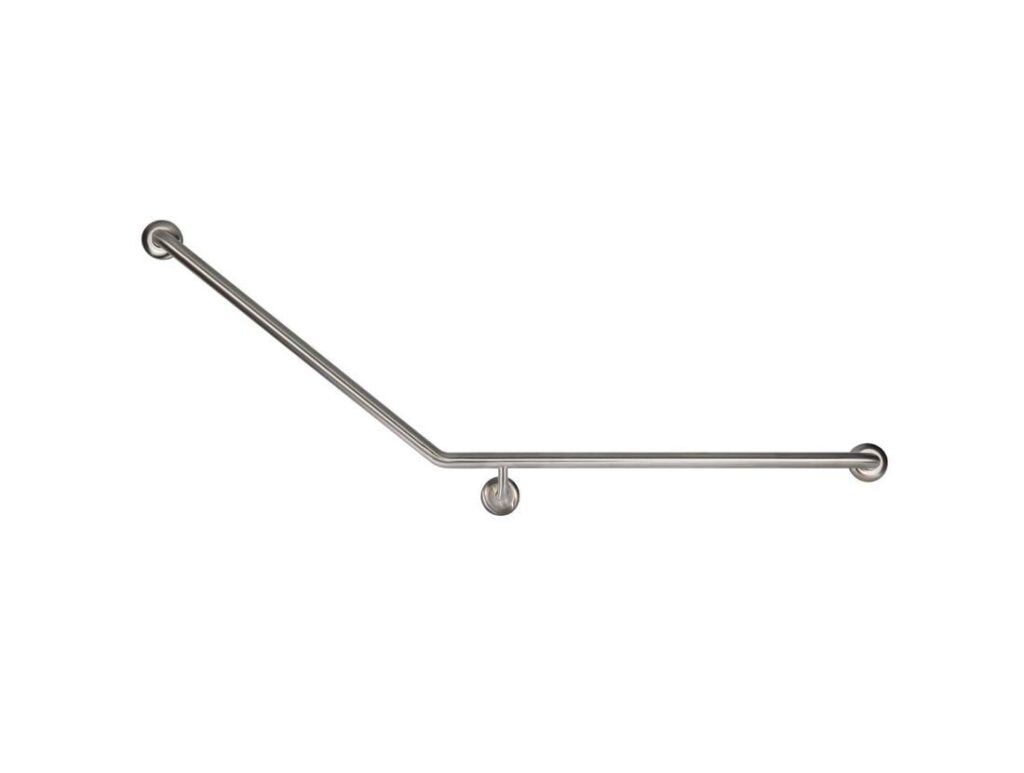Rails, commonly referred to as handrails, shower rails, and toilet rails, play a crucial role in enhancing Disability and Accessibility by providing essential support and stability for individuals with mobility challenges. These assistive devices are designed to improve safety, convenience, and independence for people who may have difficulties with balance, coordination, or strength.
Handrails
Handrails are fixtures typically mounted on walls or along staircases, providing a sturdy grip for individuals to hold onto as they navigate steps or inclines. In public spaces and private residences, handrails are essential for people with disabilities, seniors, or anyone with limited mobility. They help prevent slips and falls, provide a sense of security, and allow individuals to move more confidently. For example, a person using a wheelchair might rely on handrails to assist them in transferring from the wheelchair to a seat.
Shower Rails
Shower rails, also known as grab bars or safety bars, are installed in bathrooms, particularly in showers and around bathtubs. These rails offer a reliable handhold when entering, exiting, or moving within the shower area. For people with disabilities, shower rails help maintain balance and reduce the risk of accidents in a wet and potentially slippery environment. They provide support during tasks like standing up or sitting down, thus promoting self-sufficiency and personal hygiene.
Toilet Rails
Toilet rails are attached to the sides of a toilet to offer stability when sitting down and standing up. Individuals with mobility challenges, especially those with limited leg strength or joint issues, can struggle with using standard toilets. Toilet rails provide a firm grip for users to maintain their balance and control while using the restroom. This independence-enhancing feature can help people avoid relying on caregiver assistance for these essential tasks.
The importance of these rails in Disability and Accessibility lies in their ability to empower individuals to lead more autonomous lives. By reducing the need for constant assistance, people with disabilities can enjoy greater privacy, dignity, and a higher degree of control over their daily routines. This increased independence positively impacts mental and emotional well-being, fostering a greater sense of self-worth and confidence.
The benefits of using rails for Disability and Accessibility have been well-documented. Research studies and real-world experiences consistently show that the presence of handrails, shower rails, and toilet rails contributes to:
Fall Prevention: Rails help minimize the risk of slips, trips, and falls, which are common concerns for people with mobility limitations. Falls can lead to serious injuries, and the presence of these assistive devices significantly reduces such risks.
Enhanced Mobility: Rails enable individuals to move safely and more freely, improving their ability to navigate spaces that might otherwise be challenging or unsafe.
Personal Dignity: Increased independence and control over daily tasks, like bathing and using the restroom, contribute to maintaining one’s dignity and self-respect.
Reduced Caregiver Burden: For caregivers, the availability of these rails reduces the need for constant monitoring and assistance, allowing both the caregiver and the individual to experience a better quality of life.
In conclusion, handrails, shower rails, and toilet rails are vital components of Disability and Accessibility solutions. Their incorporation into public facilities, homes, and other environments ensures that people with disabilities can lead more independent lives, promoting safety, comfort, and dignity while reducing the reliance on others for day-to-day activities.



